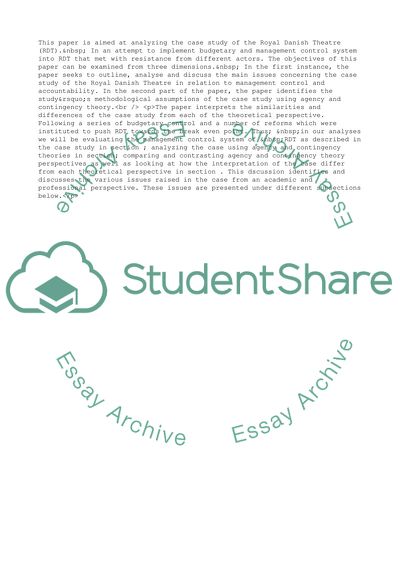Cite this document
(“The Organisational Context of Management Accounting Essay”, n.d.)
Retrieved from https://studentshare.org/management/1552735-the-organisational-context-of-management-accounting
Retrieved from https://studentshare.org/management/1552735-the-organisational-context-of-management-accounting
(The Organisational Context of Management Accounting Essay)
https://studentshare.org/management/1552735-the-organisational-context-of-management-accounting.
https://studentshare.org/management/1552735-the-organisational-context-of-management-accounting.
“The Organisational Context of Management Accounting Essay”, n.d. https://studentshare.org/management/1552735-the-organisational-context-of-management-accounting.


